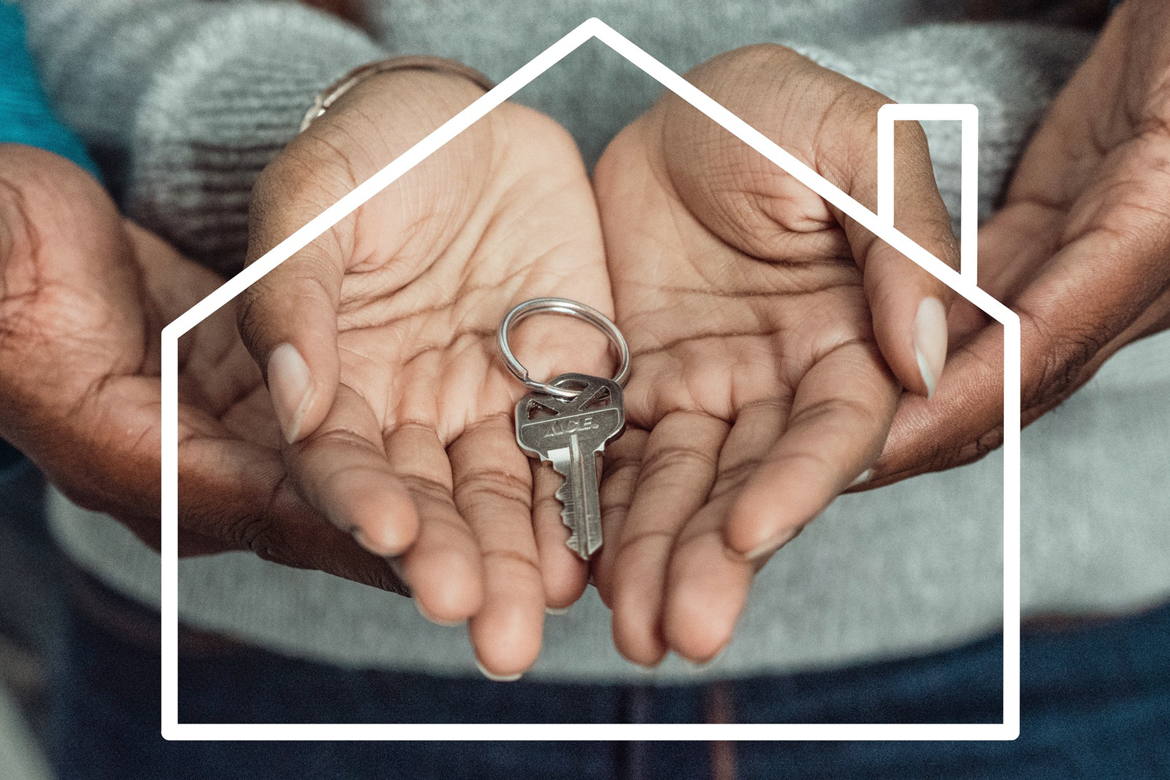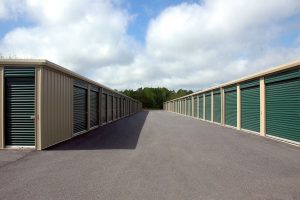Proper Way to Shop for Homeowners’ Insurance This 2022
Buying homeowner insurance should be done properly. As a homeowner, you should exert time and effort to choose the right insurance policy that can provide your property with the best coverage and protection.
Many insurance companies offer a homeowner insurance policy, making the process challenging. To help you look for and buy the best homeowner insurance right, you can do the following:
Know the Amount of Coverage You Need
The number one thing you should consider when shopping for homeowner insurance is the coverage amount. You should know how much you need first and use it to sift through your options. Commonly, homeowner insurance policies only list down estimates of the amount you'll need.
If you want to get more accurate of the amount you can acquire from a policy, you should ask for a quotation of the following:
- The cost of replacement of your property.
- The overall value of your assets.
- The overall value of your possessions.
It would be best to remember that the coverage amount of your homeowner insurance would also depend on your home's location and risk. For example, are you prone to tornadoes, wildfires, or hurricanes? If you live in a high-risk area, your insurance coverage should differ from a low-risk location.
Familiarize the Terms Used in Homeowner Insurance Policy
You may encounter various terminologies when you shop homeowner's insurance policy.
Therefore, you should familiarize yourself with these terms to better understand your insurance Policy.
The following are the common terms you will often encounter when shopping for an insurance policy.
Dwelling
It refers to the coverage for the physical damage of your home, including attached structures like a porch, a deck, and a garage.
Other Structure/Detached structure
It is coverage for any structures that are separated from your main house. It can be a shed, a granny flat, a fence, and even a dog house.
Personal Property
This third term is used to cover your personal belongings like jewelry, clothing, and furniture.
Additional Living Expenses
ALE or additional living expenses is an additional coverage provided by a policy to cover living away from home due to any covered loss. For example, it will pay for hotel accommodations, apartment rentals, etc.
Medical Cost
In an insurance policy, medical costs or payments are expenses that your policy covers when a guest gets injured inside your property.
Personal liability
Homeowner Insurance Policy also provides coverage for any legal expenses if a lawsuit arises.
Choose From Three Levels of Coverage
It would be best if you considered different levels of insurance coverage. So, if you want to do your Homeowner Insurance shopping, you should know which insurance level is best.
Actual Cash Value Policy
An actual cash value is the cost of the existing home. It covers the value of your home, including the cost of depreciation. It is the cheapest option, but you will pay more when you claim the coverage.
The insurer will examine your property to know the actual cash value of your home. It will be based on the market cost and the wear and tear of the house. If your house is old, it will impact your policy coverage.
Replacement Cost Value Policy
The replacement cost value or RCV is the coverage given to your property to help compensate for any damaged replacements made to your property. It will be based on how much your existing structure is worth at the market price.
Extended Replacement Cost Value Policy
The extended replacement cost value is only a homeowner insurance policy that will cover any unexpected rise in labor and construction costs. You must know that constructing a home can increase after a major disaster. So, having this add-on on your policy will protect you against this increase.
Collect Vital Information About Your Dwelling and Yourself
To get an accurate estimate, you need to provide the insurer with information about your property and yourself. Here is a list of information you need to gather and provide the insurer to help them with their calculation.
- The roof type of your home. It can be gable or hip.
- Square footage of your home
- Your Home appliances' heating type. Is it gas or electric?
- History of your home renovation
- Whether you have a pool, trampoline, or a pet
- If it's your primary residence or it is just a secondary home
- Do you rent out your home for a short or long period?
The more details you provide about yourself and the property you are insuring will give you a more accurate estimate. So, it would be best if you were as honest as possible. For example, if your home has a previous insurance policy and you only wanted to swap it out, the information you will need will be listed on the old policy.
Compare and Choose Your Policy
Once you get the quotes for multiple insurers, it is time to compare and select. First, compare the options you have side by side to better view the policies. Once you figure out which one suits you best, start selecting.
You can ask as many questions about the policy to the insurer, which will help you choose. Take time to choose and ensure that all your questions are addressed, then choose the right homeowner insurance policy.
Understand What Homeowners Insurance Covers
Homeowner insurance only covers the costs of limited circumstances. Therefore, before you shop for homeowner insurance this year, you should check the insurance coverage first. Here is a breakdown of all the possible insurance coverage for standard homeowner insurance.
Dwelling Coverage
The dwelling coverage is used for any damages to your primary home. Whether the damage is caused by fire, severe weather, vandalism, or theft, damages from lightning, hail, and wind can also be covered by the dwelling coverage; you may need to purchase separate insurance for floods and earthquakes. In addition, the dwelling coverage could also extend to other structures on your property.
Personal Property Coverage
This insurance coverage covers your personal belongings like furniture, clothing, electronics, and appliances. When your personal property is lost or damaged, you can get reimbursed. It can be the belongings' actual cash value after the depreciation or a full replacement value. But remember, you will need to pay premium insurance to ensure that your valuable items like jewelry, collectibles, and art will also be covered. So, if you have valuable items at home, it is best to go for a premium homeowner's insurance.
Personal Liability Coverage
Personal liability coverage is the next thing you must look for in homeowner insurance. The primary purpose of this coverage is to protect you from liabilities if someone gets hurt inside your property.
If the injured person sues you, the personal liability coverage will cover legal fees and expenses. In addition, the policy will also help pay for the medical expenses of the injured person, including hospital stays, X-ray costs, and even ambulance rides.
Living Expenses Coverage
This coverage is the same as the extended replacement cost value policy discussed earlier. However, this can only be used if you are displaced from your dwellings due to any covered conditions.
Additional or Add-ons Insurance Coverage
Aside from the standard coverage mentioned above, there are also some add-ons that you need to understand in a homeowner's insurance. These add-ons are the following:
Flood and Earthquake Insurance
It is what we mentioned under the dwelling coverage. You need to acquire separate insurance for flood and earthquake damages. This add-on is offered as two distinct policies which provide coverage for each separate event.
Take note that not every insurer offers these add-ons to their policyholder. However, you must take this extra insurance coverage, especially if your home is in a flood-prone area within the Tornado Alley.
If you are not sure yet, you can check online whether your location is prone to flooding and if tornadoes are constant. FEMA publishes an interactive flood map on their website so you can visit it and check your location.
Mobile or Manufactured Home Coverage
Another add-on worth checking out is the mobile or manufactured home coverage. This coverage insures permanent structures from damages. Again, most insurers offer a separate homeowner insurance explicitly designed for mobile and manufactured or prefabricated homes.
It is best to take time and study the policies offered by an insurer and the add-ons they have. That will help you decide who and what homeowner's insurance policy best fits your needs. Then, it is best that you set a schedule and talk to the insurer to discuss this matter and know if they can provide you with what you need.
Mistakes to Avoid in Buying a Homeowner’s Insurance
There are so many mistakes that insurance holders make when they first shop for their home insurance. Therefore, you should familiarize yourself with these mistakes and avoid them altogether during your shopping.
People's most common mistake when buying any insurance policy, including homeowner's insurance, is focusing on the price. Avoid this and instead, look into the quality of the insurance coverage.
Another mistake you must avoid is not reading the policy carefully. You need to understand the policy to know better what is in store for you and if you are getting the value for your money.
Last but not least, always remember to review your policy periodically. This way, you can know if there are any updates and changes in your policy. Plus, it will help you continue getting the best rate possible.
Shop Carefully For Your Policy
Having homeowner insurance is vital. So, if you decide to get one, you must take your time and shop for the right homeowner insurance policy that will provide you with what you need to have peace of mind over your properties.








